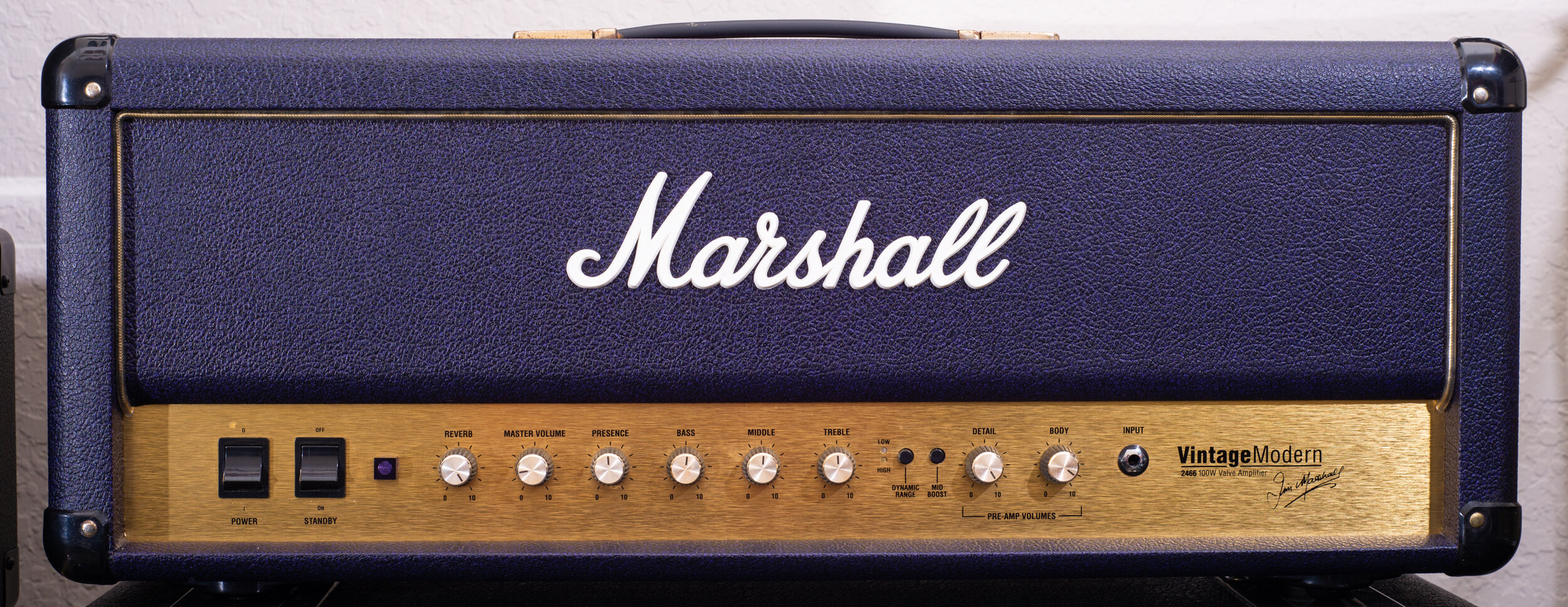I’ve always been curious about the Hiwatt sound - like many others, I’ve heard it constantly on famous rock records and it’s hard to talk about Hiwatt without also talking about Led Zeppelin. These amps are famous for being extremely loud, and clean - really with a unique tonestack and circuit design that gave them very interesting overdrive characteristics.
My first introduction to HIwatt in person was actually a Lead 50R from the 80s. I was pretty new to playing guitar back then and wouldn’t know good tone if it slapped me in the face, but I remember liking the sounds I got out of that amp’s lead channel a lot. There’s quite a bit of fog surrounding Hiwatt going into the 80s era, and sadly I have yet to play another Lead 50R for comparison.
My understanding however, is that the Lead 50R is not the true Hiwatt sound - so I hunted down DR103’s and DR504’s until I came across this very interesting one. This amp was made by “Music Ground” in Doncaster in 2005, and there is some dubious history around this era. Apparently, Music Ground was caught selling and storing stolen guitars, along with rampart rumors of counterfeit amps and so on. That controversy aside, this DR103 sounds, plays, and feels just like a Hiwatt should.
I’ve been told that Hiwatts are loud, I really didn’t expect it to be quite like this - I’ve been told that JCM800’s are loud, yet I can sit here and play my 800 in comfort all day in my home studio. This Hiwatt however can really not be tamed, even with the built in master volume. That true Hiwatt sound - power tube distortion in its purest form - is just not achievable in my tiny space, which is too bad. That said, I can see why these are so well loved - it’s one of the most clear and neutral pedal platforms I’ve ever played through, and the one change I had to really open it up (I stood down the hall with a long cable) I could hear that great, classic tone. Perhaps an attenuator is due to really experience all this amp has to offer in a studio setting - probably required for playing out too at least at any normal sized venue.







